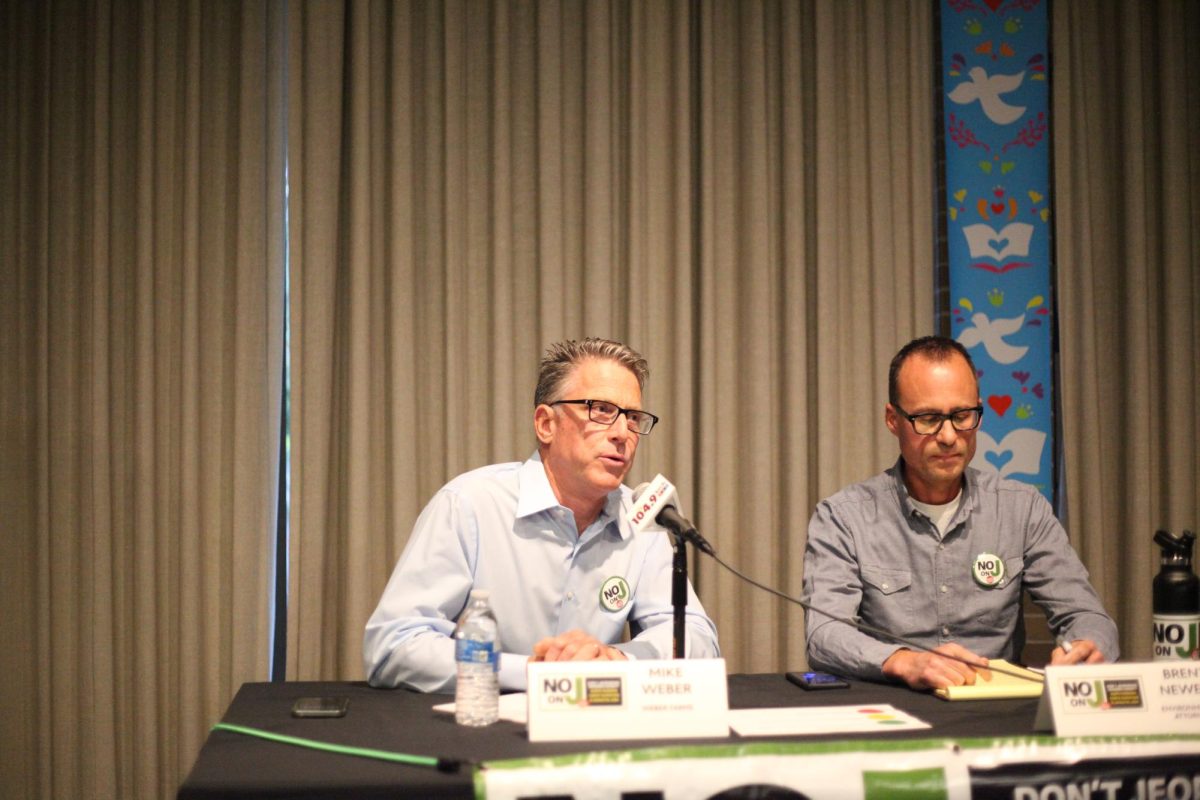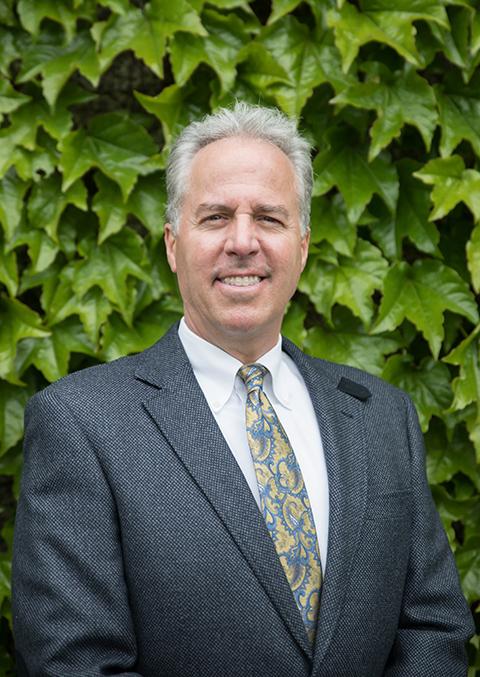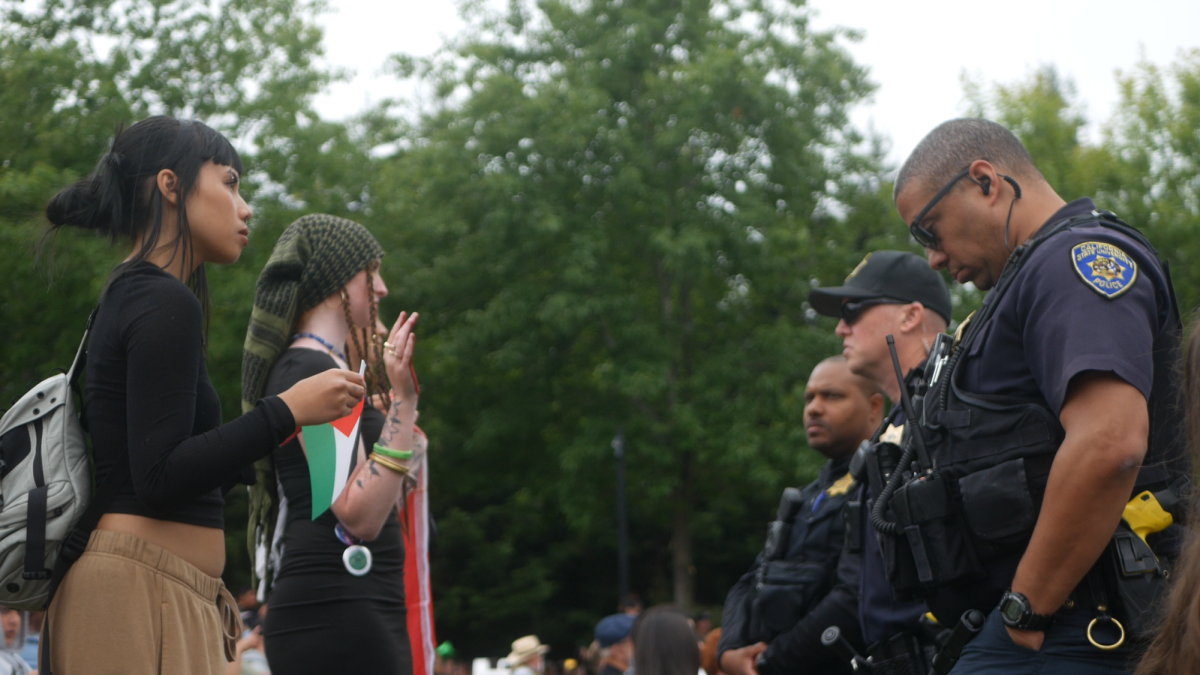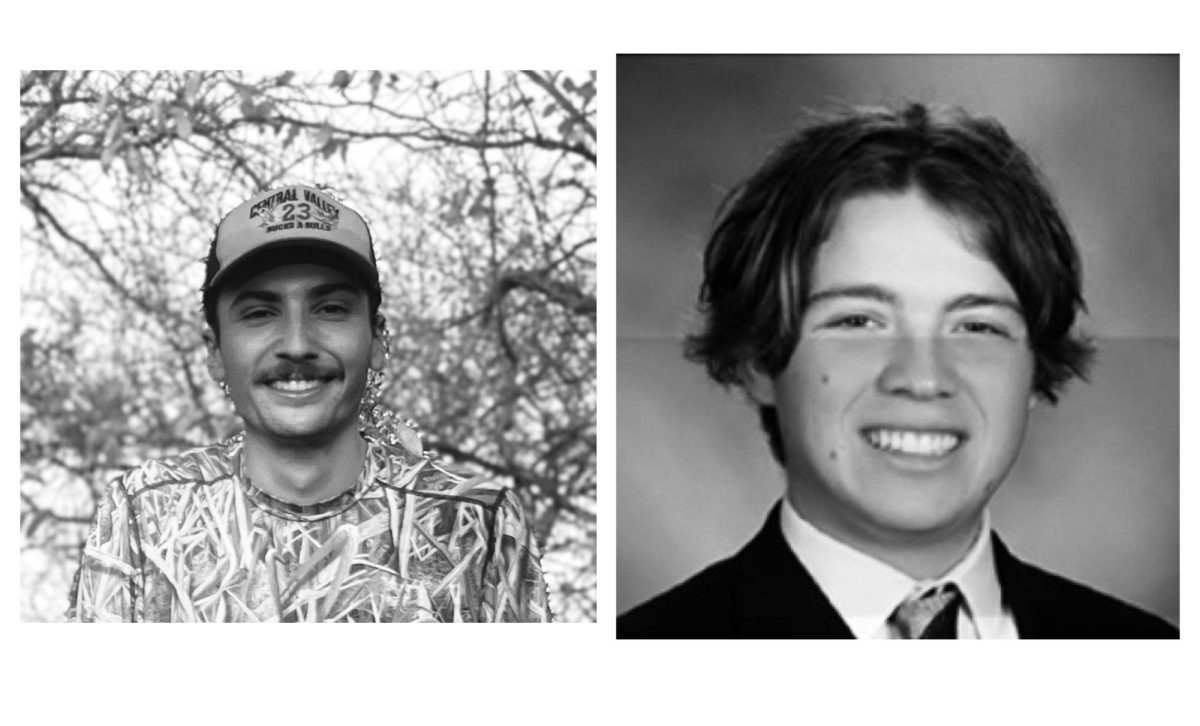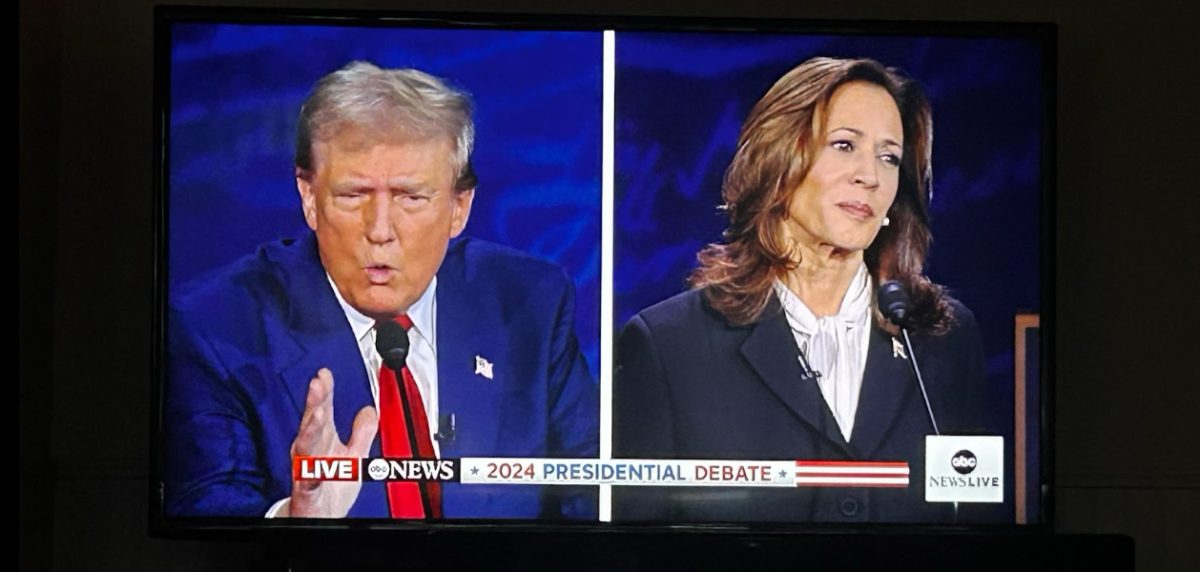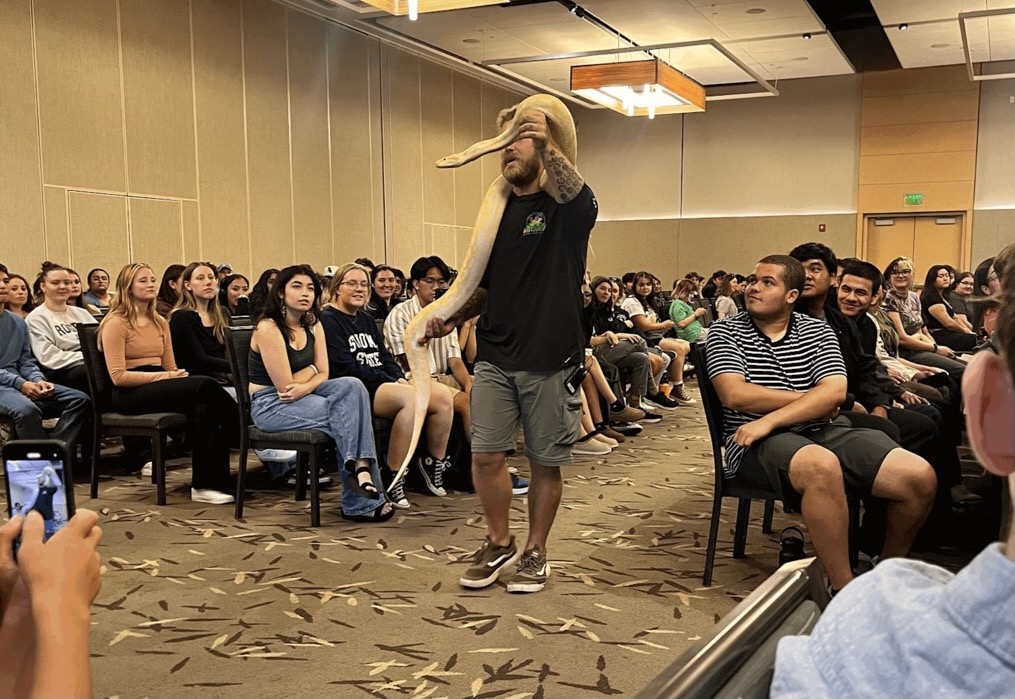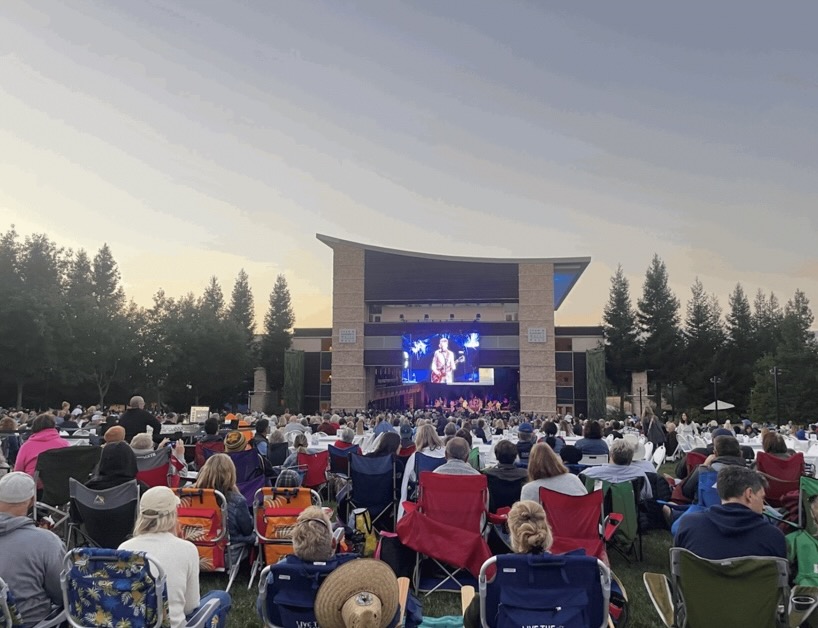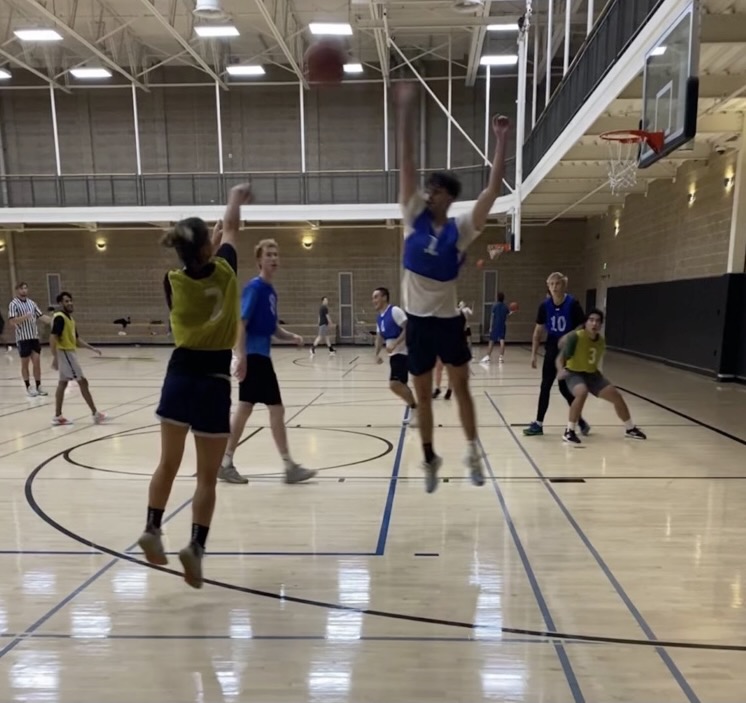Every year for the past few years, Sonoma State students along with thousands of other Sonoma County residents have watched the skies turn dark with smoke. This year likely will be no different. A few weeks ago, Governor Gavin Newsom declared a drought emergency in Mendocino and Sonoma County a San Francisco Chronicle article reported. Residents across the counties are preparing for an early and intense fire season.
One common tactic for fighting future wildfires is prescribed burning, a practice that has actually been around for a very long time. According to University of California Cooperative Extension (UCCE), Sonoma County, “Prescribed fire is the use of fire under predetermined conditions to achieve specific objectives. It is an important tool in wildfire hazard reduction, ecosystem restoration, vegetation management, and wildlife habitat enhancement; it is also an important cultural resource, and it has application in forest management and rangeland improvement. Prescribed fire has unique effects on ecosystems, and most of those effects can’t be achieved without fire.”
Controlled burns are nothing new to Sonoma County. According to an article published by Sonoma magazine, “Prescribed burning has a long history in Sonoma County, where tribes have long used flames to manage and maintain diverse landscapes for food production and other beneficial uses — until European settlers quashed those traditions,” Mary Callahan reported.
Another article by the Gazette explains, “For thousands of years, the Bay Area was home to some of California’s highest populations of Native Americans, who used fire for a multitude of reasons,” These included creating more land for animals to graze, stimulate the growth of valuable materials, to clear brush for paths to travel easier, and to try and avoid wildfires like we do today.
Callahan also wrote about a rancher named Bob Cooley who had been doing prescribed burns since he was five years old. “‘It was one of our summer activities,’ just as it had been for his father, Bob Cooley said. The family and a few friends would burn as much as 4,000 acres before they were done,” Callahan wrote.
UCCE Sonoma County has reported that permits are going to be required of anyone who wants to have burns on their property. “To conduct any outdoor burning (beyond fire pits) in Sonoma County, approval must be obtained from your local district of the California Air Resources Control Board (CARB). CARB establishes the framework for the burn program and local air districts implement and enforce local rules and regulations… Best practices is to contact your local CARB district office early in the process.”
According to an article posted by the Sonoma Gazette in January, prescribed burning could have very positive impacts on the environment, “In the North Bay specifically, nearly all of our terrestrial ecosystems depend on site-specific fire regimes. Here, nearly all plant species depend on regular fire to thrive—each system with its own unique relationship with fire and specific fire needs. Our open spaces are adapted to a specific fre- quency, intensity and timing of fire as a result of those millennia of fire-adapted stewardship by people.After over a century of fire suppression, however, California landscapes remain in a dire fire deficit,”
The article goes on to say that California is likely to continue to use controlled burns in the coming years, “The use of prescribed fire (i.e. controlled burning) builds resiliency in wildland ecosystems, reduces hazardous fuels and may enhance public and firefighter safety. Local communities can benefit in other ways too. When relatively small areas are burned under optimal conditions far less smoke is emitted than would occur during a major wildfire and the potential for post-fire erosion is reduced,”
“The term we like to use is resilience. Resistance implies a fire won’t enter an area again,” Lenya Quinn-Davidson, fire adviser for the UC Cooperative Extension, told the San Francisco Chronicle in September 2020, “What we’re looking to achieve is resilience in a forest, landscape or community structure, where fire can be part of the system but won’t remarkably change it … and actually preserve what’s there.”
The Sonoma County Fire District website warns locals of the risks of doing their own controlled burnings and reminds them that, “Both the [Bay Area Air Quality Management District] BAAQMD and the [Northern Sonoma County Air Pollution District] NSCAPCD determine permissible burn days based on air quality, not on the basis of fire safety. Therefore, it may be “permissible” to burn but not be safe to burn. Sonoma County Fire District has the authority to prohibit burning even on permissible burn days if weather or other conditions make it unsafe to burn,”
Many believe that last year’s fire season was particularly bad because of lack of preparedness. It is no secret to Sonoma County locals that fires will likely return annually going forward and it is good to see that this time, leaders seem to be thinking ahead and preparing us the best they can for what is to come.

